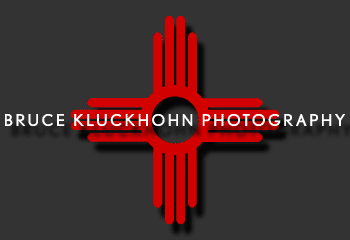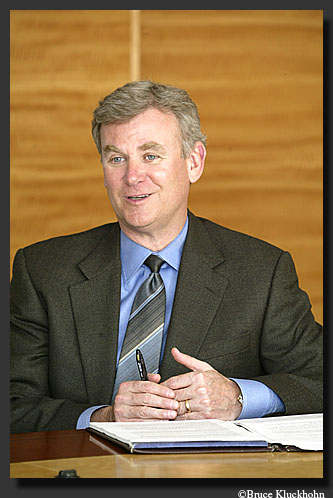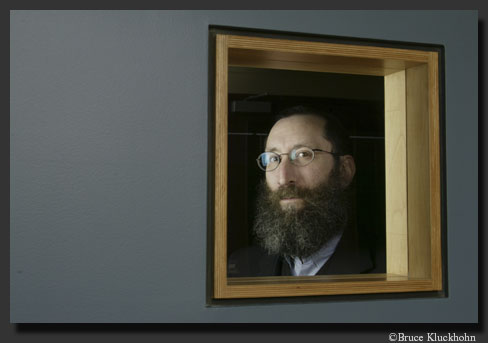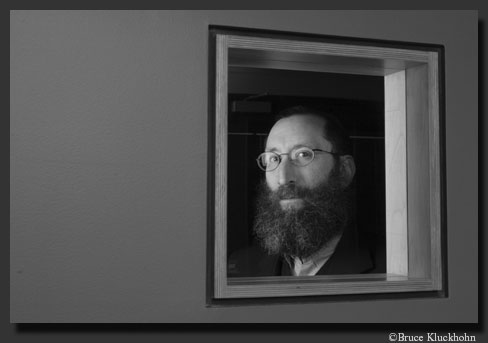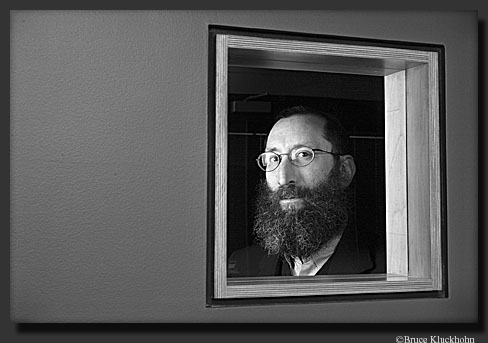|
There are many benefits to shooting with digital cameras these days. Now that the quality level is at a level that surpasses most publishing requirements, the assets of digital far outweigh the liabilities. Since 2002, I have been shooting almost exclusively digitally. |
|
Why? A number of reasons. As I stated, the quality of digital cameras has now reached a point in which they can be used in real demanding situations and provide images that will meet quality standards. Don't be fooled by the number of megapixels a camera has. Not all pixels are created equally. My Canon 1D has but 4.4 megapixels, but provided a beautiful image that ran as a 2-page bleed in Sports Illustrated in January 2003. |
|
The cameras offer a lot of flexibility to a photographer. One can change ISO's for a single image, change color balance, can create color and black and white images that are of the best quality in either version. The noise in a photo is superior to the film grain, and the ability to handle mixed light or different light sources is incredibly broad compared to the defined light temperatures of film. The result? Better color, "grain," range of information between highlights and shadow areas. The extra freedom also inspires me to try more variations, and with some knowledge of what works and does not. |
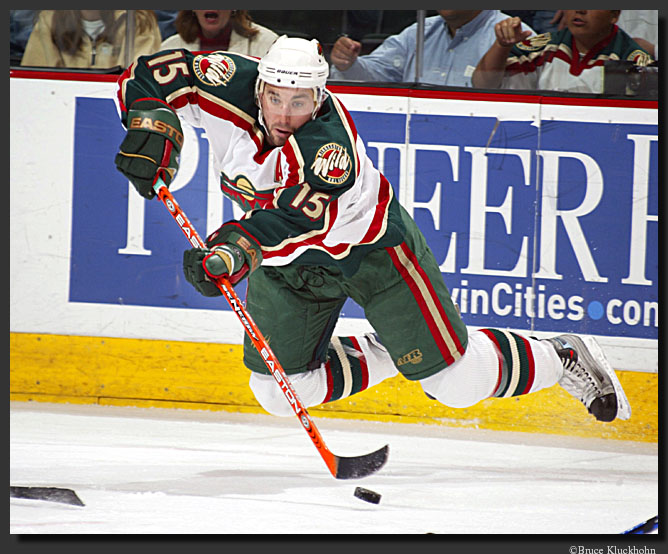
|
The latitude of this image demonstrates the quality digital can handle.
There is definition in both the white ice and the black puck.
|
|
Because the data is already digital, there is no scan nor loss of quality through an intermediary step. One aspect I love is the ability to work the files like I would a black and white negative, darkening the edges, lightening a face, perhaps, to steer a viewer's eye in the way I would have created a print. (see example below) |
|
When facing a deadline, the digital file also has a benefit of speed. High speed interent access allows for quick delivery of images. Generally, I deliver CDs to clients for most of my work, but if FedEx is backed up or lost, another copy can be readily available. |
|
Other benefits to my clients with digital photographs include a diminished liability, cheaper shipping charges, and greater access to images. With film, the loss of an original carried an expensive burden for the client. With copies of images going out, the client's potential loss of images does not come close to the liability of originals. Cds weigh less than film, as well, so shipping charges are often less expensive. Lastly, because a copy of the image matches the original, I can provide multiple clients with equal quality images when the need so arises and the situation allows. |
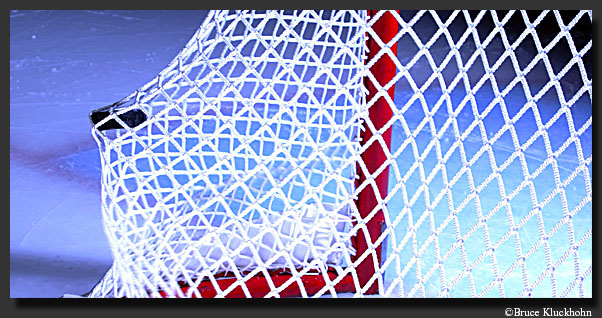
|
Because I was able to look at my files on site, I knew when we had the shot.
With film, I would have had to shoot many rolls to make sure I had it, maybe.
|
|
One misconception about digital revolves around cost. Some think that it is cheaper. They are wrong. I charge to shoot digitally because I invested a lot of money into that part of my business. I need to run a profitable business to stay in business. My fees are based upon usage; my expenses cover my expenses, and going to digital has many more expenses than film, and requires not just more equipment and hardware, but software and electronic investments of time and money. Editing the imagery takes longer than it did with film. |
|
For these reasons, I charge an Image Processing Fee of $150 minimum for up to 200 images. This is about what it costs to shoot film, although those costs are going up as labs are fewer and farther between and charging more. For my clients, though, the fees for Polaroids are gone, as are the charges for scanning. In the end, clients pay about the same, perhaps less if they include the scanning fees. |
